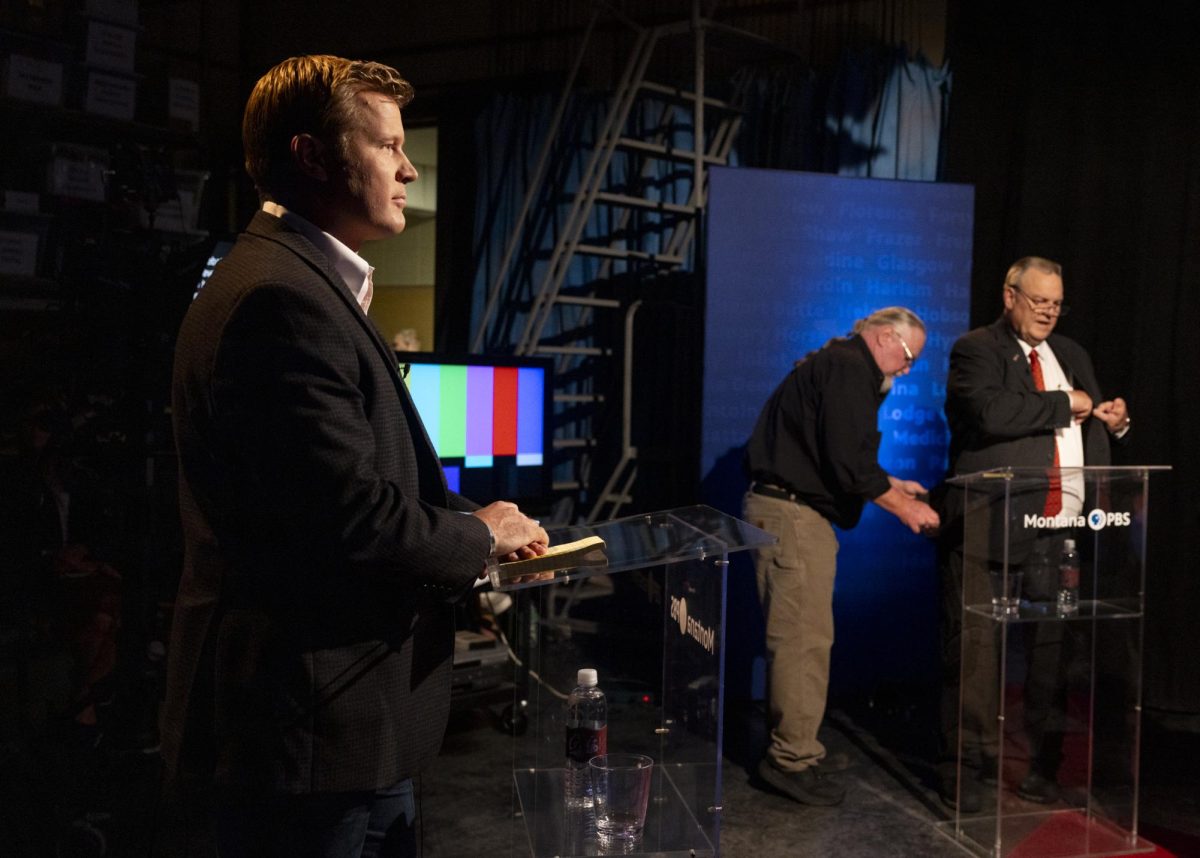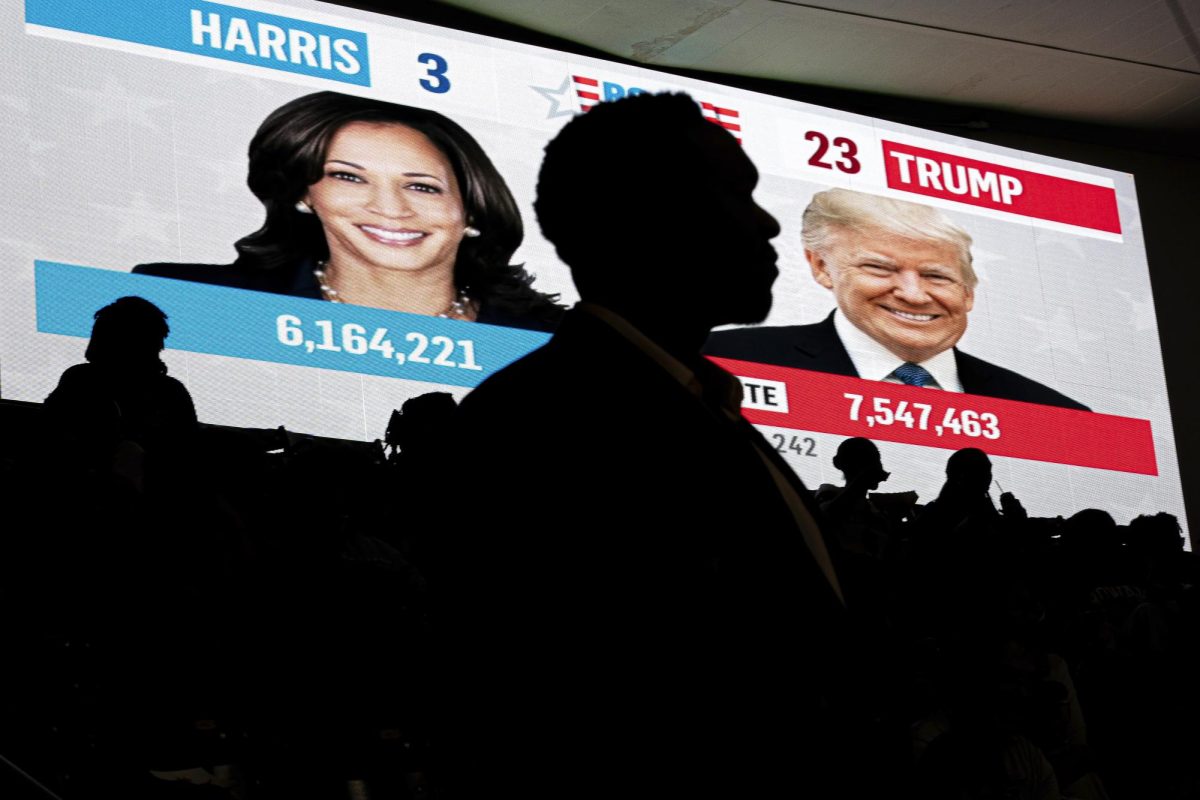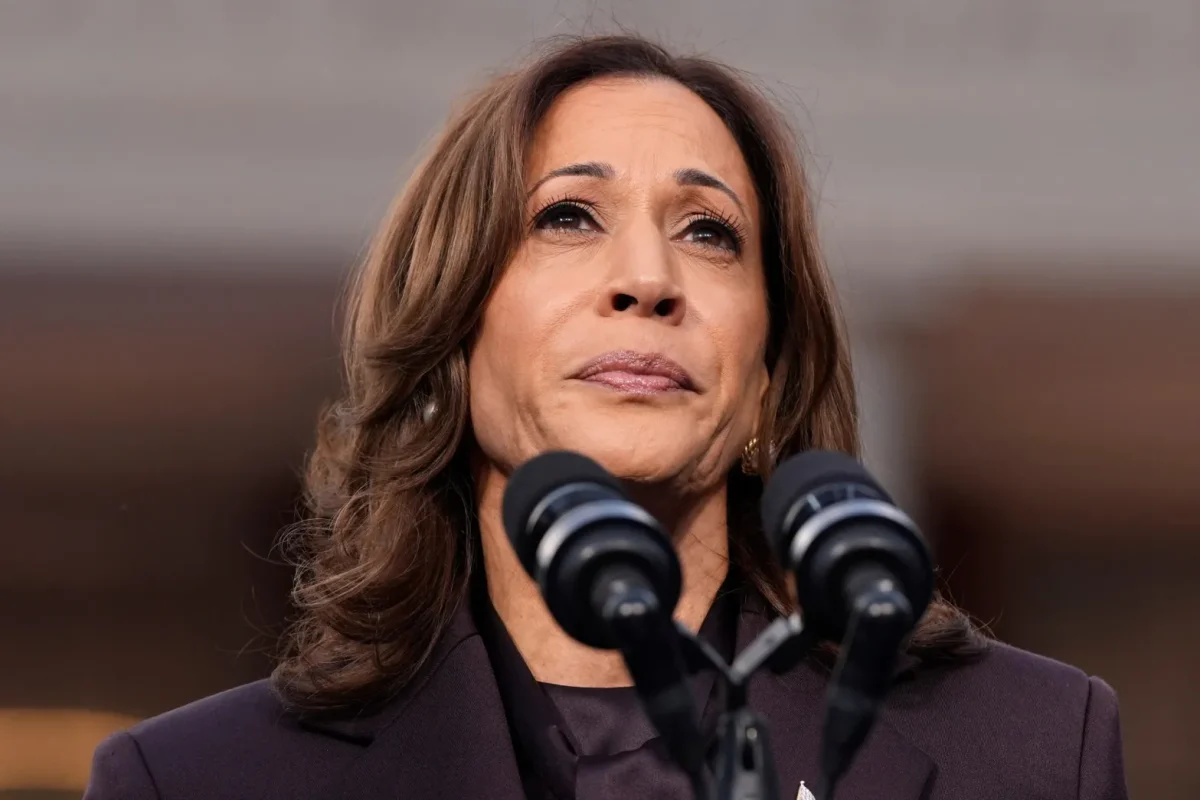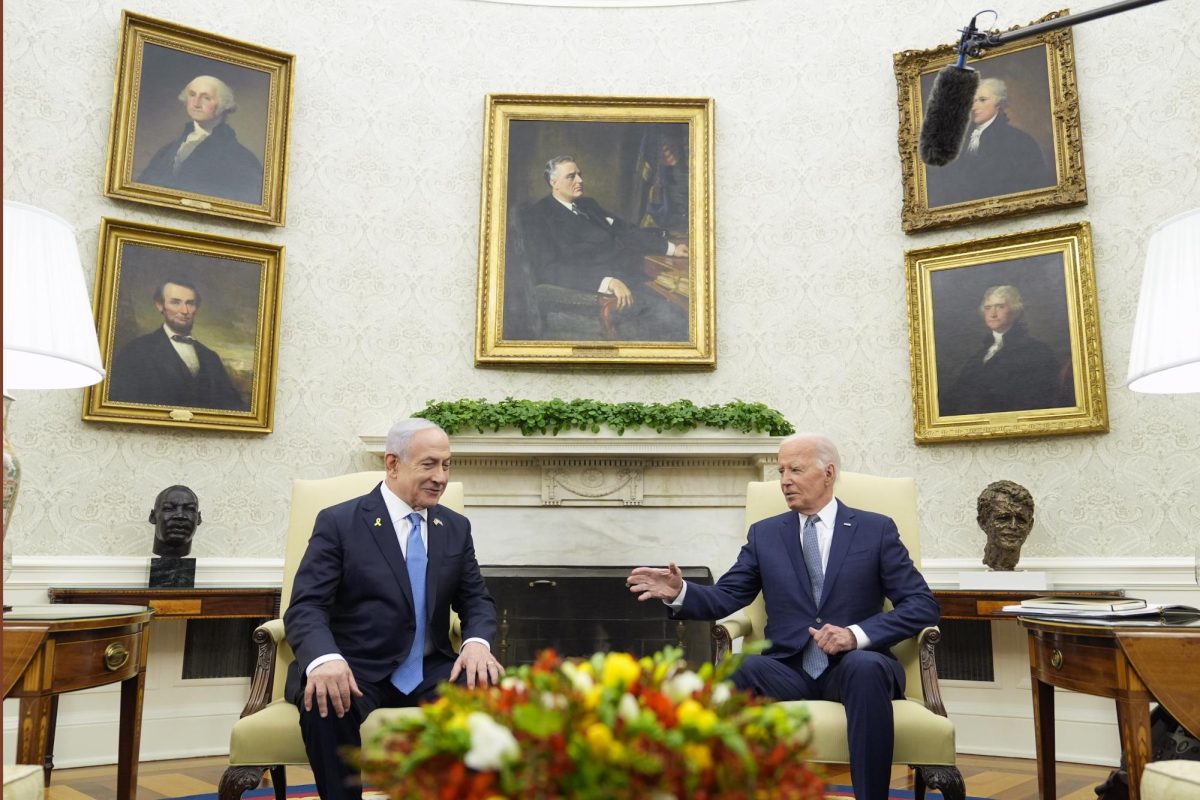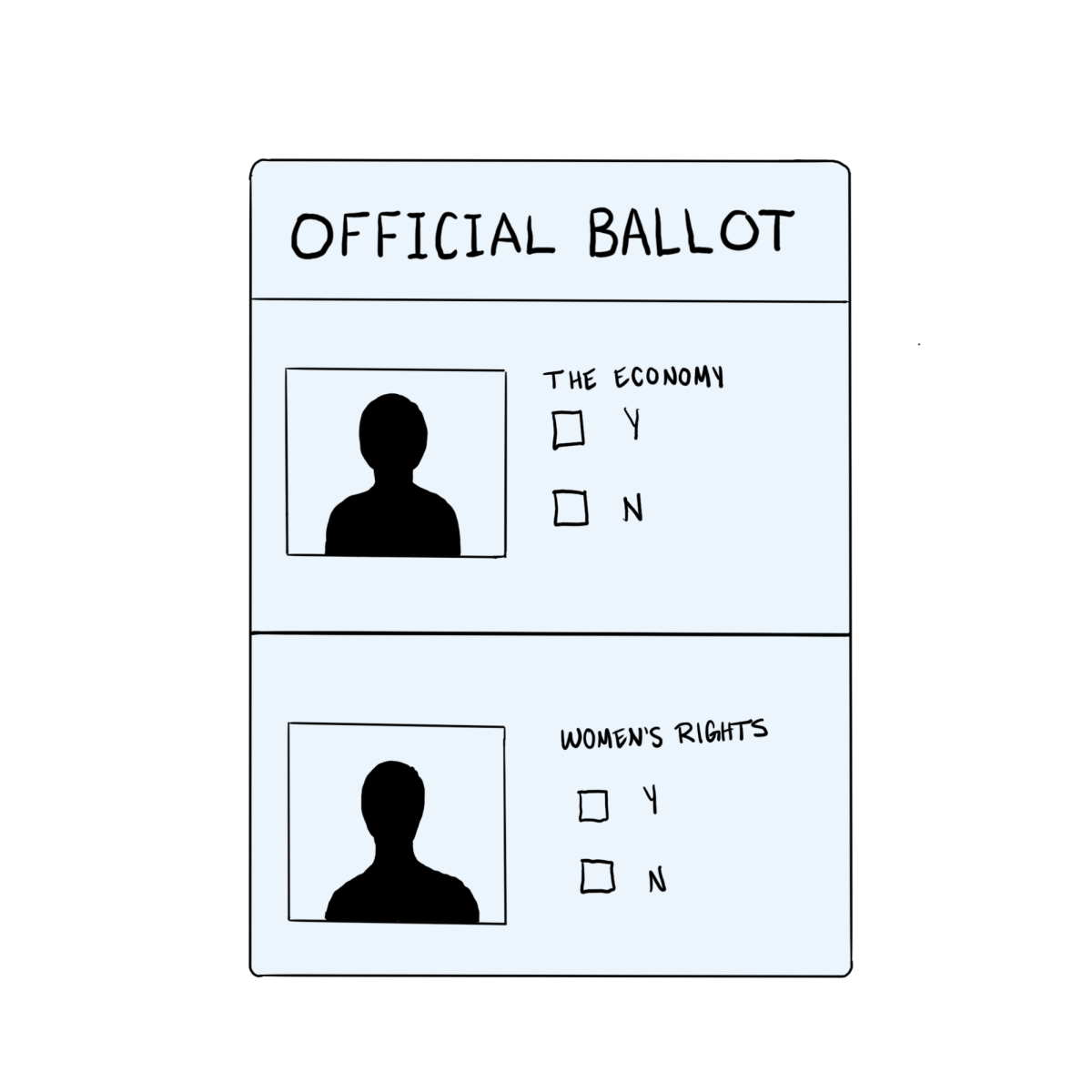Editorial Note: This piece was written Monday, Nov. 4.
Nestled in the Rocky Mountains, Montana boasts breathtaking landscapes — from towering peaks to deep valleys to sprawling plains. The state embodies the rugged spirit of the American frontier and a profound sense of patriotism, a sentiment that has only grown stronger among residents this election year.
However, in the coming weeks, Montana will take on a significance far beyond its natural beauty and Yellowstone-inspired allure. Rather, the outcome of Montana’s Senate race between incumbent Senator Jon Tester and Tim Sheehy will act as a bellwether for broader shifts in traditional party power. Specifically, this race will illustrate how party polarization has nationalized politics and reduced split-ticket voting — a trend fueled by the decimation of local media and news publications and shifting migration patterns that foster politically cohesive communities.
As is generally understood, former President Donald Trump’s entrance onto the political scene in 2016 disrupted conventional understandings of American politics. He managed to rally a diverse coalition of staunch supporters — a significant group of disgruntled, dissatisfied voters who felt ignored by the “Washington-centric” representatives of the past. Sheehy, a Republican, has sought to mirror Trump’s campaign strategy, portraying Democrat Tester as a liberal-loving, Biden-supporting career politician.
His success thus far is interesting because, beyond his Democratic affiliation, 18-year incumbent Jon Tester embodies the quintessential Montanan — he’s a third-generation rancher, still working the same land his grandparents farmed back in 1912, and a former school teacher. Tester has often emphasized his parents’ belief that “public education and family agriculture are the cornerstones of democracy,” a conviction that has shaped both his political philosophy and campaign strategy. When he first ran in 2004, Tester was able to push aside his Democratic affiliation, focusing instead on the values he shared with his constituents — a common background, which he argued, made him their ideal representative. And yet, with each subsequent election cycle, Tester has witnessed a fairly steady decline in support amongst Republican voters, with this year potentially marking the final blow to his tenure.
The inherent importance of this race should be lost upon no one, with the prospect of Republican control of the Senate hanging in the balance. It’s certainly not lost on the parties themselves, both of which have invested heavily in their respective candidates. However, this election is less likely to be decided by financial backing than by the national trend of increasing polarization. This phenomenon reflects an erosion of conventional trust in like-minded incumbents from opposing parties, and a simultaneous strengthening of faith in national institutions like the GOP.
But how has polarization intensified to the point of eroding traditional incumbency advantages? Answering this question on a national scale would require a multi-faceted historical analysis — but on a more focused level within Montana, we can look to factors such as the decline of local newspapers, the rise of mass media and shifting migration patterns that have reinforced political affiliation and partisan pride — all representative of increasingly nationalized politics.
The nationalization of American politics has led to widespread declines in split-ticket voting, a shift facilitated by the rise of highly partisan mass media. Previously, newspapers in rural states like Montana prioritized local issues, which allowed politicians to carve out personal brands that spoke to their constituents — detached from perceptions of national party organizations. It was exactly this dynamic that allowed Tester to win successive re-election campaigns in a conventionally red state. However, the erosion of this has been facilitated by the “decimation of local newspapers,” shifting the discourse of available news away from state and local matters to national issues. Barriers to local news have led to decreased consumption, forcing citizens to turn to mass media platforms that focus on highly polarized national issues like abortion, gun rights, immigration and healthcare. As a result, citizens increasingly align themselves with national party platforms, making it feel counterintuitive to vote for a representative of a different affiliation. Effects of this process have been evident elsewhere but are only just now catching up to Tester.
Further, internal shifts in Montana will serve as a detriment to Tester’s campaign, namely through migration patterns. As polarization increases, citizens feel more inclined to live next to, work with and befriend individuals of similar political affiliation. This is largely because politics are increasingly wrapped up in our identities and oftentimes predict other personal characteristics – like race, class, education and religion. In Montana, the development of politically cohesive communities has resulted from an influx of people moving away from high-tax, socially progressive urban centers on the West Coast, like Oregon, Washington and California.
Similarly, following the rapid spread of COVID-19 in March 2020, many newcomers sought out Montana’s more relaxed pandemic policies. These patterns reflect a desire among Americans to live in communities and be represented by politicians who they feel reflect their beliefs and values. Of course, the emergence of politically cohesive communities exacerbates polarization as individuals find themselves increasingly immersed in their own ideologies.
Political polling can be misleading and often fails to accurately predict electoral outcomes; thus, certainty about the winner of this race will remain elusive until Election Day. Nevertheless, Sheehy appears to have a strong chance of victory, reflecting a shifting political landscape that underscores deeper currents influencing national identity and priorities.
In light of this, Democrats will need to reassess their campaign strategies in red states and districts. With rural areas that typically lean Republican overrepresented in the Senate, Republicans may capitalize on polarization by fostering unwavering party loyalty among voters. This will necessitate adaptation from policymakers, candidates, party organizations and voters alike as America navigates an evolving political environment.


